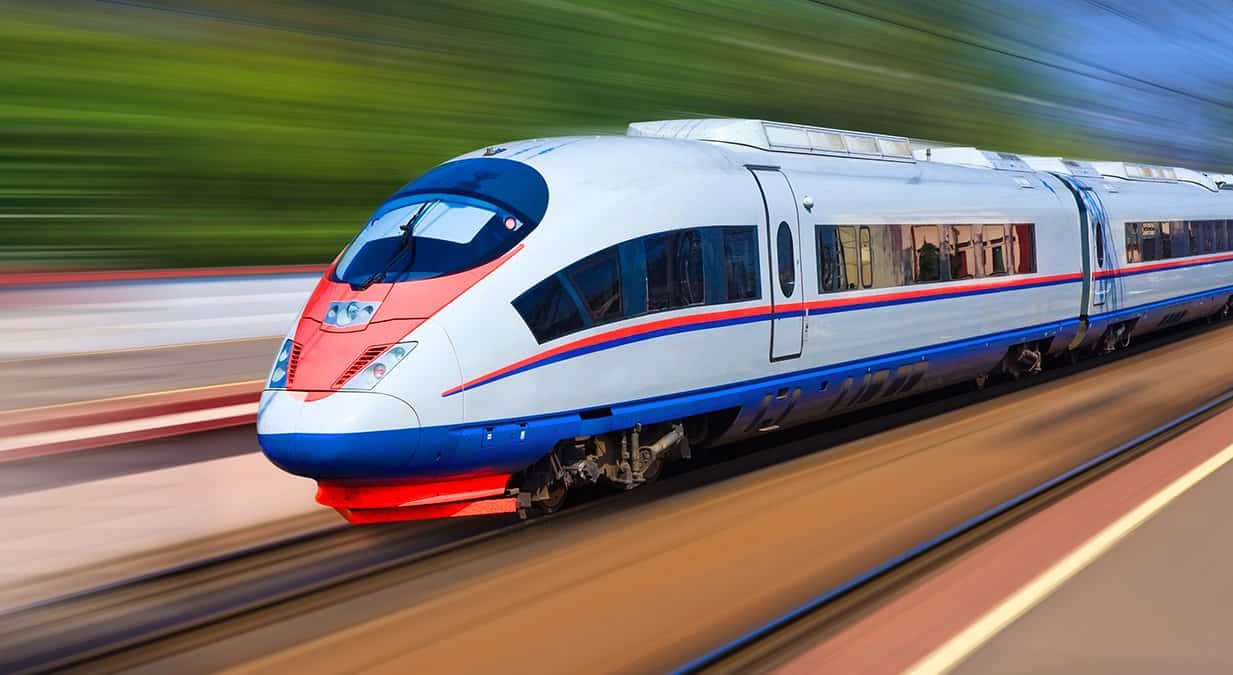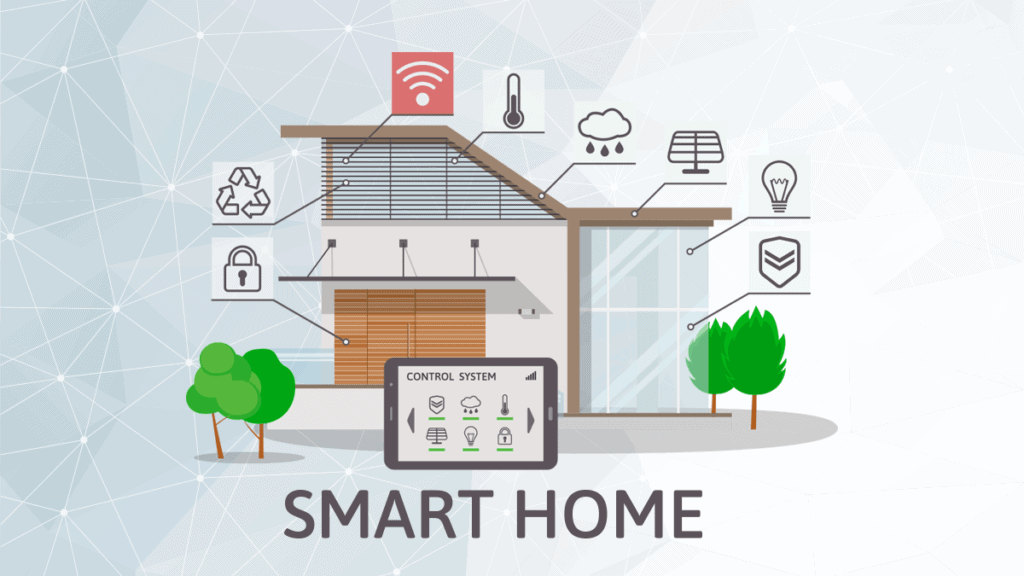The concept of the Gigabit Train, offering passengers 1Gbps mobile connectivity, is transforming the future of rail travel. With increasing demand for high-quality connectivity due to data-intensive applications and video content, current solutions fall short. Traditional Wi-Fi on trains, reliant on mobile networks, provides limited speeds of 15-30Mbps. However, mmWave technology offers a breakthrough by utilizing the unlicensed 57-71GHz spectrum to deliver uninterrupted gigabit-grade connectivity. Blu Wireless has successfully deployed this technology on South Western Railway (SWR), offering passengers 1Gbps connectivity using mmWave spectrum along a 70km route. This innovation bypasses costly commercial mobile networks, lowering operational costs and improving the passenger experience. Unlike LEO satellites or professional mobile networks, mmWave provides reliable high-speed data even in tunnels and urban areas. The Gigabit Train supports data-intensive applications like HD streaming and VR, while also enhancing train operations, real-time CCTV monitoring, and signaling. As rail connectivity improves, the Gigabit Train will encourage public transportation, reduce carbon emissions, and boost economic growth. This technological advancement sets a new benchmark for rail communication systems, transforming passenger connectivity and rail operations.

The concept of a train having 1Gbps of mobile connectivity to passengers has the potential to alter the future of rail travel. The Gigabit Train has been the industry’s holy grail for at least ten years as the second generation of rail communication.
The reason for this is that the demand for credible, high-quality connectivity is increasing for both passenger, operator, and infrastructure providers, fueled in part by the expansion of data-intensive applications and, in particular, the insatiable appetite for video-driven content. Ofcom calculated that a normal data rate of 2Gbps per train would be required in order to quickly and successfully meet the passenger needs and achieve the desired, positive increase in connectivity and, consequently, rail use as part of their recommendations to the British government on future rail connectivity in 2018.
However, there is a disconnect between such aspirations and recent deployments.
The European railway communication system that will replace the current GSM-R 2G system by 2035 is known as the Future Railway Mobile Communications System ( FRMCS-5G). The primary objective is providing improved connectivity for rail operations and spectrum of 5MHz ( at 900MHz ) and 10MHz ( at 1800MHz ) has been allocated. But, as above stated, this is inadequate to provide Gigabit-grade passenger connectivity.
Ofcom also advised that only mmWave frequencies ( 26-70GHz ) have the wireless spectrum needed to deliver the Gigabit train in the same 2018 report. In particular, the license free band 57-71GHz is available in the USA, UK, and EU, along with its 14, 000MHz of spectrum, to provide train operators with increased higher bandwidth services and continuous gigabit connectivity.
Blu Wireless has created its mmWave cellular product based on the needs of the rail industry. This has now been accomplished for the first time on the South Western Railway in the UK using Blu Wireless ‘ mmWave technology following a period of commissioning.
Why professional wireless networks are proving inappropriate
On most trains now, connectivity is limited in performance, with users either having to use their own mobile phones or utilising the train’s Wi-Fi network. In reality, both eventually connect to the same professional mobile networks, with the on-train Wi-Fi harnessing the signal before deploying it through Wi-Fi access points inside the carriage.
Through a combination of propagation ( tunnels, cuttings ) and mobile infrastructure deployment adjacent to the UK rail network, trains are only achieving Wi-Fi data rates of between 15 to 30Mbps per train, which then need to serve all passengers, sometimes hundreds of users at a time.
Another drawback of these solutions is that they use accredited spectrum bands, which adds a substantial cost to their implementation. So, train operators must pay millions of pounds per year for portable data in exchange for this “free” passenger Wi-Fi, which is later found intolerable by the same passengers!
A further alternative solution to the use of commercial mobile networks is Low Earth Orbit ( LEO ) satellites offering data rates of 100-200Mbps ( downlink ) and 15-20Mbps (uplink ) per train. Although using spectrum is not necessary, dish connectivity does not function in dense urban areas or tunnels. Due to, for instance, a Starlink Priority Service subscription, it is also fairly expensive.
The Gigabit train is delivered by mmWave technology.
Thus, cordless solutions utilizing mmWave spectrum are currently the only viable way to provide rails with gigabit connectivity. One of mmWave’s important benefits is that it makes use of the 57-71GHz unregulated frequency band, which provides unrestricted connectivity along railroad tracks. Being licence-exempt means that no continued fees are due to the government to operate at this frequency, and it is available both in the UK, EU, USA and beyond.
Additional product developments will also make use of mmWave spectrum, which will reduce the need for each trackside node’s fabric connection, giving a 5x lower Mbps per km than a 5G commercial mobile network.
South Western Railway: A fresh benchmark for passenger connectivity
The busiest section of Britain’s busiest railway, a 70km stretch of track on South Western Railway’s ( SWR ) commuter and intercity route into London Waterloo, has recently experienced the first successful deployment of mmWave technology for rail.
Train data is transmitted to and from the Internet at a rate of away to 10Gbps using an IP-based trackside network. This keeps the radio network’s extremely low overhead at a minimum while keeping the active components at a minimum. This is further enhanced by standard Internet breakout to ensure end-to-end traffic management, which allows for performance even when the trains are busiest, with each train using 1Gbps rather than sharing.
The combination of gigabit-grade data rates with cost-effective and low-power operation is acoustic to providing SWR passengers with best-in-class on-train Wi-Fi services. The adaptable mmWave technology can support really data-intensive applications demanding up to 1Gbps, from today’s HD video streaming to tomorrow’s VR headsets.
Future of connectivity
Reliable, cutting-edge rail experiences like those offered by Blu Wireless on the SWR route aim to promote public transportation more widely. By increasing passenger numbers and making it easier to work on trains, such as by joining Teams or Zoom calls, with gigabit connectivity, while reducing the number of car journeys and the associated carbon emissions.
With improved mobile solutions utilising mmWave spectrum, train services as we know them can be transformed. On-train services both to and from the train can be added to the mmWave link, along with operations data and potential signaling data, along with real-time CCTV monitoring of the train to the trackside.
Nevertheless, gigabit connectivity on trains is set to improve rail travel and operations, boosting economies and opening up new business opportunities.












